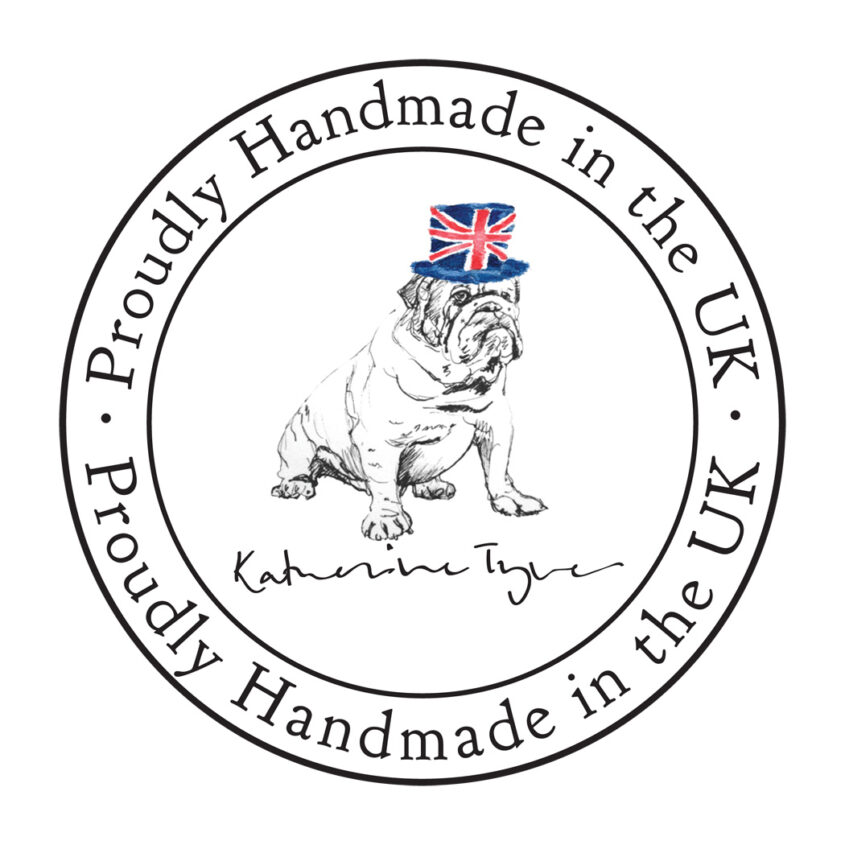Taking photographs for artistic reference
It is certainly not easy to gain a good quality photograph of a moving animal, however, it helps me immensely if the subject is in focus, photographed in natural light and at its level and not from above which creates distortions.
Portraits are often most flattering when taken from three-quarter view, so photographs from this angle are preferable. A full-face photograph can resemble a “mug shot” and is not usually the best angle to approach the subject unless you are aiming for a bit of humour. Otherwise, aim to capture the subject’s “best side”.
Think about a pose which best expresses the animal’s personality and makes them look their best.
It really helps if I have a few photos to get to know the subject better and for cross-referencing.
Please let me know if there is any missing or misleading detail in the photographs, such as defining markings or variations in colour. It’s helpful to know about the dog’s breed, so I have a better understanding of their build and height (some cross breeds can look different from every angle!).
I am not a professional photographer (and I promise I do not expect you to be an expert either!), but I have compiled some tips for photography, which would ensure that I have good artistic reference as a starting point.
Advice for taking and sending your photos:
- Photograph the subject at its level and from a suitable distance to avoid distortions (I have been sent many pictures where the dog’s nose is too close to the camera so it looks far too big for its body).
- Take the photo in good natural light, preferably outdoors, but also avoid very bright sunlight, which can affect the camera, especially with white coloured animals.
- Please avoid flash photography, which affects the colour (and gives the effect of scary red eyes)!
- Make sure that the animal is not in heavy shadow and ideally that the direct sun is on the animal and the shadow is then behind it.
- Make sure that the whole animal is in the photograph if you require a full-body portrait!
- Enlist someone’s help to hold the animal still or catch their attention with food or a toy as required. I can use photographs with people in provided that they are not obscuring the subject excessively.
- Try to capture the subject’s “best side,” usually three-quarter view.
- An obvious one… Please ensure that the image is in focus.
- Please make sure that the picture is sent at high resolution (ie. does not pixelate/ go blurry when enlarged). I regret that I cannot work from pixelated photographs. I can advise you on this if you are unsure.
- Following on from tip 9, a compact digital camera usually takes sharper, higher resolution photographs than an tablet or phone camera, if you have access to one. Failing that, some close ups are useful for missing detail.
- Avoid photographing the dog panting unless this is how you’d like them portrayed. I can work from various pictures to inform the painting and make changes from the original reference photo, but it just makes it easier to achieve an accurate likeness.
Multiple Animal Portraits
For portraits of more than one animal, I don’t require the subjects to all be in one photograph. I can incorporate the separate pictures of each animal into one composition provided I have enough information and it is practical to do so (i.e. the poses in the separate photographs need to work together and I would need to be informed of the relative sizes and builds if not evident from the photographs). I may request extra information to make this possible and if I see that creating a new composition will be a particular challenge, the price quoted would be a fair reflection of the extra time required to plan the drawing. I will, of course, notify you of any price in advance.
Portraits with Backgrounds
For portraits with a background, I do not require the animal to be within the background, but I may need to charge more for my time if I foresee a particular challenge with inventing a composition, establishing perspective, etc. Backgrounds do incur an extra charge, which will be based fairly upon the added complexity. I will notify you of the price in advance. Please send me a photograph of the background required.
Additional Elements, e.g. dog’s toy
You may like to include the animal’s favourite toy, collar, food bowl or bed within the composition. This is a nice way of personalising a portrait. Please send a photograph of this, preferably next to the animal for scale. It does not have to be in the primary reference photograph. If the item is very detailed, eg. a highly patterned rug, that would take me a long time to draw and paint, I reserve the right to charge more to include it within the composition. I will notify you of price in advance.
Making your Portrait Just as You’d Like it: Other information I may need
In the case of an older animal, please let me know if you’d like the animal to appear younger, e.g. clearer eyes, less grey, if that’s how you would like to remember them in the portrait. I am happy for you to provide earlier pictures if you have them.
If your photos are missing some vital information or you would like your dog to look darker, lighter, greyer, fatter or slimmer than the camera suggests, please let me know. Similarly, please let me know if you’d like the dog’s collar/ horse’s bridle included or not and please photograph accordingly. I’ll be happy to oblige if I can to make sure your pet looks just as you like them (more photographs or information might be needed!).
Once you have taken your photos, please send them to me at:

